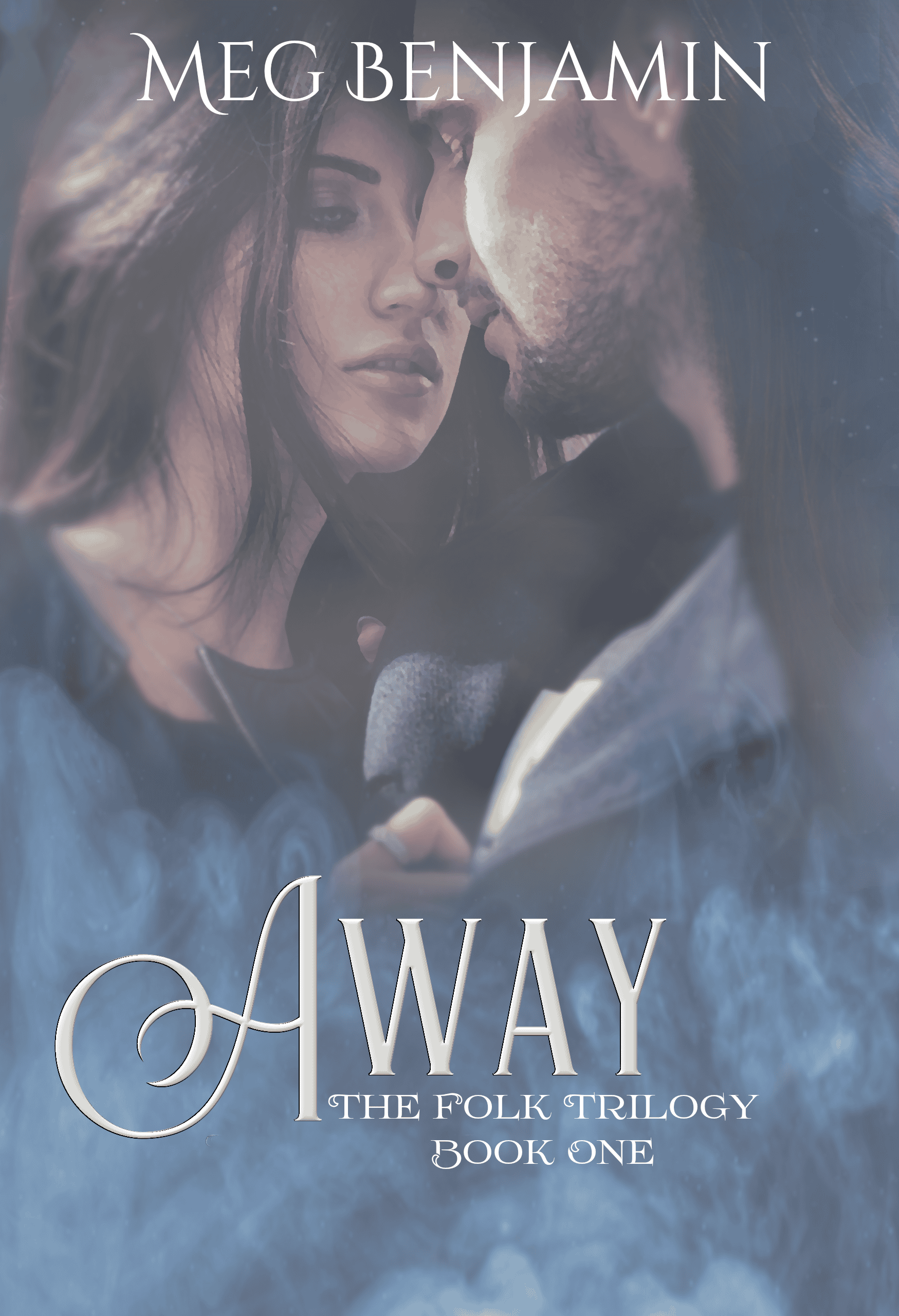Red Herrings
I just finished reading a 370-page novel in which the nasty banker was revealed as a double murderer in the end. The thing is, I knew the banker was the baddie after the first fifty pages. Why? Because nobody else in the book had been set up as a possibility. So unless the writer wanted to break with romance tradition and pick a likeable character as the villain, the banker was it. QED.
Now to me, this ranks as a serious flaw in the book’s plot, but that may be because I began reading romances after long experience reading mysteries. One of the cardinal rules of mystery writing is that you have to have more than a single suspect. There must be at least two or, preferably, three or four people who could have done whatever nasty thing has been done. That means constructing multiple red herrings.
A “red herring” is a false scent that supposedly diverts a hound from the true scent of its quarry (although this meaning has been challenged, according to Wikipedia). Creating alternative solutions to a mystery depending on alternative villains is standard for mystery writers. Agatha Christie is probably the past master of this—in Murder On the Orient Express she provides an entire trainload of suspects, all of whom had motive, means, and opportunity.
Romance writers don’t need to go to that extreme because we’re usually more interested in the romance than the mystery, but we do need to at least suggest alternatives so that the reader doesn’t lose interest in the other parts of the plot. In Be My Baby, I spent a lot of time figuring out how I could conceal the identity of the nasty kidnapper. I wanted my readers to feel concerned about what was going to happen, and that meant leaving them in the dark about exactly which person they needed to fear.
If only one person in a book could have performed a particular nefarious action, I’m likely to assume that person is innocent, based on my long experience as a mystery reader. In mysteries, the bad guy is never the one you initially suspect. If it later turns out that that person is, in fact, guilty, and no doubt has ever been cast upon his guilt in the course of the novel, I’m going to be more than slightly annoyed.
Now it’s possible to have the villain clearly identified from the beginning. He’s the serial killer you know is on the loose or the international criminal whom the hero has been tracking for years (although in that case the identity of said criminal may, again, be the mystery). This is the usual MO for thrillers and here the plot hinge comes with how the heroine/hero is finally going to come face-to-face with the villain. This means a skillful writer is going to set up several opportunities that don’t pan out in order to build suspense for the one that does (think of Clarice Starling knocking on Buffalo Bill’s door in Silence Of the Lambs after all the scary preliminaries).
But whatever the plot hinge is, the reader shouldn’t see it coming a mile away. The greater the surprise, the more deeply the reader is immersed in the story. And that brings me back to that nasty banker. Because I figured out the mystery so quickly, I lost interest in the plot soon thereafter. It didn’t help that the romance was also pretty routine. I found myself skimming through the pages, trying to get the gist without having to read everything. And I had no problem skipping to the ending. I already knew what it was, and all I had to do was confirm my guess.
That’s not the way you want your readers to feel, believe me. You want those readers to avoid looking at the ending at all costs because they don’t want to spoil the suspense. And without red herrings, there’s simply no suspense to spoil
Posted in Blog • Tags: mystery, On Reading, On Writing, red herring, suspense | 2 Comments









I hate figuring out the suspense plots of books too quickly, especially when it’s obvious. I sometimes wonder why some subplots include the suspense if it’s not, you know, suspenseful. 🙂 Or if it’s going to be obvious who the villain is, throw in some kind of twist, so even if the reader figures out the villain/suspense plot early on there is something else to make it worth hanging in there for.
Exactly!